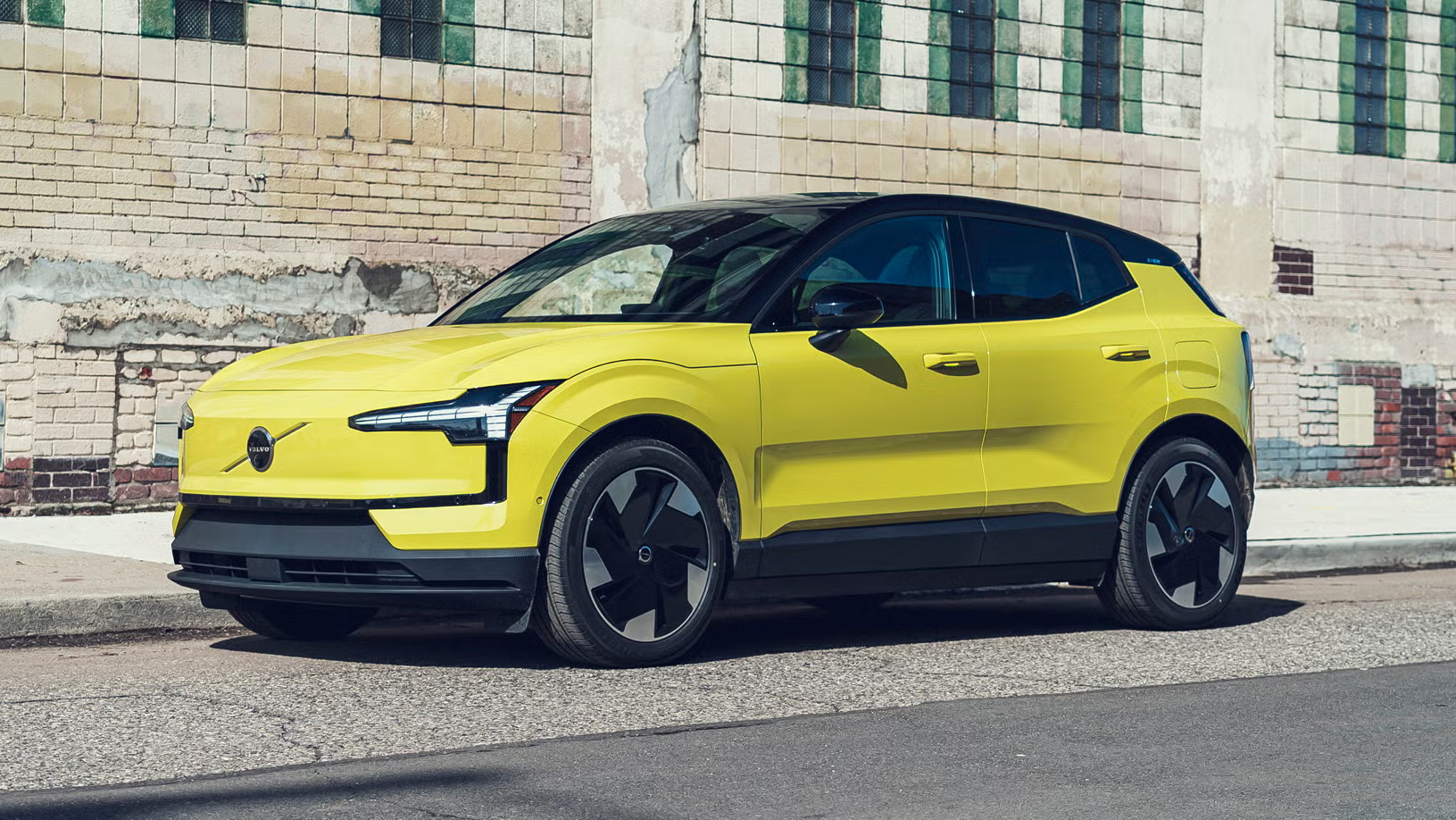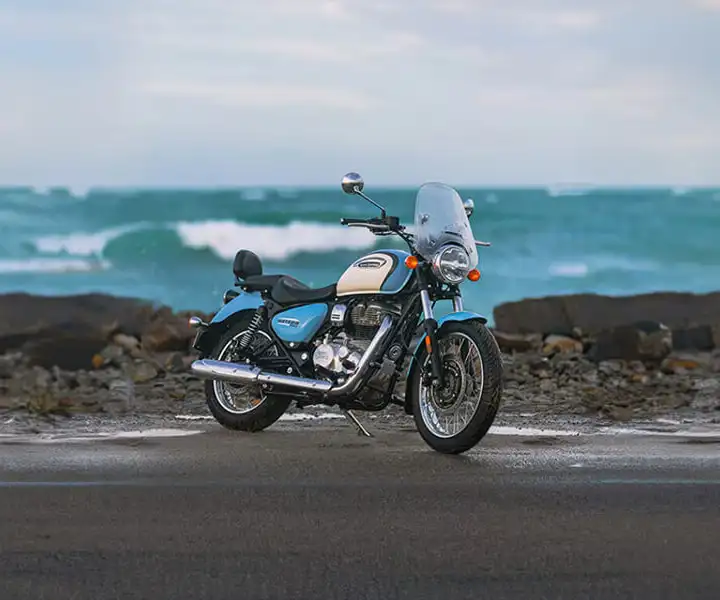You already know how unpredictable things can be, in case you drive on Indian roads. You cannot tell what will happen to you next, whether it is abrupt lane swerving or any other untold accidents. And this is where a dash cam car India is concerned- it is not a toy gadget any longer but […]
Continue ReadingRohit Sharma is a legend in the world of cricket, and when off the field, he is a great spotter of luxury cars. His most recent model, Lamborghini Urus SE, is making waves in India, with a combination of high performance, style, and customization. The loud engine and the personalized number plate make this SUV […]
Continue ReadingIf you’ve been waiting for a stylish yet affordable luxury EV, the Volvo EX30 India launch is about to make your wait worth it. Volvo has already created waves globally with the Ex30 Volvo, and now this compact electric SUV is finally heading to India. What makes it so special? Let’s dive into the expected […]
Continue ReadingDiwali is around the corner, and it’s time to upgrade your car and bike accessories while enjoying unbeatable discounts! Autofy is making this festive season extra special with top-selling products at jaw-dropping prices during the Amazon Festival Sale. From dash cams to car perfumes, covers, and tech gadgets, there’s something for every automobile enthusiast. Diwali […]
Continue ReadingIndian cricketers are familiar with the ways to make trends when combining luxury and sport. An example would be the name Sanju Samson, who is the vibrant wicketkeeper-batsman who has not only gathered followers due to his cricketing shots but also his lifestyle decisions. His Range Rover Autobiography is one of the most renowned celebrity […]
Continue ReadingWhen it comes to cruisers in India, the Royal Enfield Meteor 350 has always stood out. The 2025 model is redesigned with a new style, new smart features, and further value for money. If you are planning to buy a mid-size cruiser, the Meteor 350 Royal Enfield deserves a closer look. Meteor 350 Design Tweaks […]
Continue ReadingWhy Microfiber Cloths and Microfiber Towels Are Game-Changers for Car Cleaning When you continue to use old cotton rags to clean your car, then you ought to upgrade. A microfiber cloth or a microfiber towel is not an ordinary piece of cloth; it is a car cleaning solution in its entirety. Microfiber is extremely soft, […]
Continue ReadingRam Kapoor Lamborghini: The Bollywood Star’s Stunning New Ride In the case of Bollywood film stars, luxury cars do not merely constitute a mode of transportation; they are also an expression of sophistication, power, and affluence. Lamborghini Urus SE, the car driven by actor Ram Kapoor, caught the eye in recent times. The legendary SUV, […]
Continue ReadingGST 2.0 Impact on Car Prices: What Buyers Need to Know The automobile market in India is full of excitement, with the GST 2.0 influence on car prices being the news of the day among buyers. The new GST slabs will result in a sharp fall in the prices of cars, which will begin on […]
Continue ReadingMaruti Suzuki Escudo SUV Debut – A Game-Changer in the Vitara Lineup The Maruti Suzuki Escudo is gearing up to be one of the most talked-about SUV launches of 2025. The Escudo is known worldwide as a member of the iconic Vitara family, introducing a new design, a distinct attitude, and technological solutions that are […]
Continue Reading







